Canada’s defense mobility requires buying more strategic enablers for the navy, air force
To better equip Canada’s air force and navy, Andrew Erskine in this op-ed states that Canada should acquire the C-27J Spartan and double its order of Protecteur-class ships.
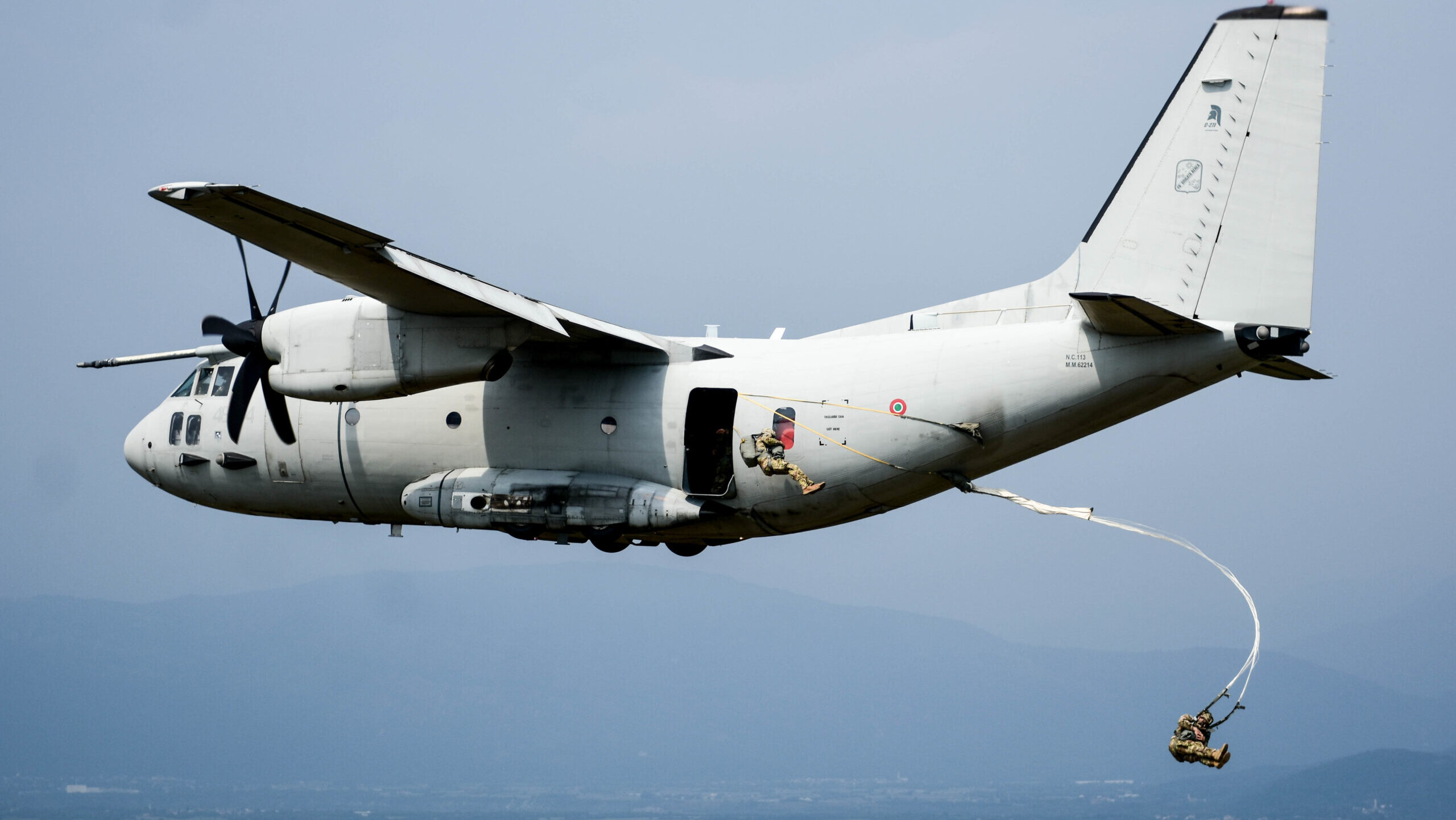

Sky Soldiers jump from an Italian C-27J Spartan as part of a combined certification jump with paratroopers from the 173rd Airborne Brigade to allow U.S. paratroopers to jump using the T-11 parachute from Italian aircraft, July 25, in Aviano, Italy. (Photo by Pfc. Andrew Webbbuffington)
With a territory stretching from the Pacific, Arctic, and Atlantic Oceans, moving troops to fortify and defend Canadian territory and sovereignty is not simple. Combined with Ottawa’s obligations to get combat forces and supplies to Europe and the Indo-Pacific, the Canadian Armed Forces (CAF) need the capacity to move personnel, equipment and supplies across the homefront and abroad concurrently.
While enhancing hard power capabilities is crucial to increasing CAF’s lethality, discussions must also revolve around how Canada can amplify the military’s mobility to balance its posture for homeland defense and expeditionary operations. Here, the attention must move towards obtaining more strategic enablers for the air force and navy.
To get a combat force to a location of operation in mere hours, airlift capabilities provide the best means for delivery by offering better responsiveness and reach for intra- or inter-theatre operations. Moreover, when imploring low-level and airdrop tactics, airlifts can rapidly get critical logistics in and out of desired locations safely.
Canada possesses an impressive array of heavy strategic and tactical airlift aircraft, including the C-17 Globemaster III or C-130 Hercules variants. But given the overall expenses of heavier airlifts because of fuel costs, which impact the number of loads of equipment, supplies, and platforms a mission can transport, or the accumulation of high levels of flight time contributing to mechanical deterioration leading to increased replacement and replenishment periods, Canada is mismatching its airlift capabilities with the new realities for enhanced homeland defense, sovereignty operations, and increased demands for inter-theatre operations. For instance, the C-130H is being misused for short-range resupply or personnel delivery missions to the Arctic and domestic search and rescue operations.
To rectify this imbalance in its airlift capacity, Canada should acquire the C-27J Spartan, a smaller and more cost-effective platform. By complementing, rather than replacing, CAF’s heavier airlift aircraft for homeland defense, the Spartan can fulfill a key niche role in Canada’s tactical airlift capacity through its ability to operate in austere terrain as well as launch or land in short or unprepared runways made of dirt, snow, or gravel — ideal for Arctic sovereignty operations.
Canada should purchase between eight to 10 Spartans to cover the operational gaps for high operationality during Arctic sovereignty missions and homeland defense. Going off a 2023 Slovenian procurement, which came with a price tag of $51 million per platform, Canada could spend $510 million for the entire fleet of C-27J Spartans, anticipating a higher cost for logistical support, facilities, and testing and certification as well as specific modifications updates should the CAF want to undergo improvements to the aircraft.
Canada will also need to focus on its sealift needs to transport large volumes of equipment, supplies, and platforms. Although sealift operations take longer to reach their destinations — taking weeks depending on the theatre of operations — the option is cheaper when compared to airlift, and with the additional benefits of providing at-sea replenishment and command and control support, the CAF can bolster its genuine mobility needs for combat forces during expeditionary missions.
Currently, Canada’s sealift capabilities are sparse despite its maritime interests and responsibilities by having one of two Protecteur-class Joint Supply Ships (JSS). To get around Ottawa’s limited sealift capabilities, as well as its tendency to use the sealift services of allies or chartering commercial vessels to move troops, supplies, and equipment over long distances, Ottawa will need to double its order of Protecteur-class ships from two to four ships.
By accommodating the Royal Canadian Navy’s (RCN) need to sustain and transport large volumes of critical logistics and platforms for expeditionary operations with NATO allies and in the Indo-Pacific region, Ottawa can enhance its autonomy and operational capacity to provide more flexible and proportional responses to the unpredictability of new security environments.
In acquiring two additional JSS, Canada should also contemplate integrating Roll-on/Roll-off (RO/RO) and Lift-on/Lift-off (LO/LO) systems which can increase the accessibility and zone of operation for the RCN by reducing the need for extensive port infrastructure in loading and unloading of military vehicles and equipment. Moreover, these systems can enhance Canada’s ability to carry large amounts of cargo quickly, thereby reducing money spent over time, especially in large-scale military operations.
Integrating LO/LO systems will also lead to better delivery of assets that cannot make trans-oceanic voyages. By possessing the means to move fast attack craft, missile-guided patrol boats, and unmanned surface vehicles, Canada will have at its disposal a better window of maritime operations by delivering key assets out of dock which can assist its future destroyers and submarines with sea denial and control operations in the Indo-Pacific and Europe.
As it stands, the JSS project from start to finish costs Canada $4.1 billion. By acquiring two additional JSS, the project cost could increase to $8.2 billion dollars with the expectation of potentially higher costs due to purpose-built RO/RO and LO/LO systems.
While the overall cost for the C-27J Spartan and additional JSS may seem staggering, possessing these strategic enablers must be seen as critical investments in modernizing Canada’s force capacity.
With an election underway, Canadians and the two main political parties — the Liberals and Conservatives — understand the pressing need to increase Canada’s defense budget. With both major parties pledging to meet NATO’s spending target of 2 percent of GDP and the recent defense policy prioritizing the improvement and sustainment of its naval fleets and bolstering Canada’s role in securing North America, it is essential that strategic enablers for the air force and navy receive the funding and political backing required to move from planning to delivery.
These critical capabilities are not optional, they are foundational to supporting both current and future operations across intra and inter-theatres. While there will be tactical trade-offs, with the Canadian Army being on the short end of spending cuts, it is critical to understand that without sustained investment in procuring and integrating new strategic enablers, Canada risks falling short of its national defense and alliance commitments by negating its mobility to get combat forces and supplies to a designated location of operations.
Andrew Erskine is a research fellow at the Institute for Peace & Diplomacy, a 2025 Emerging Leader with Arctic Frontiers and a 2025 Young Leader with Pacific Forum








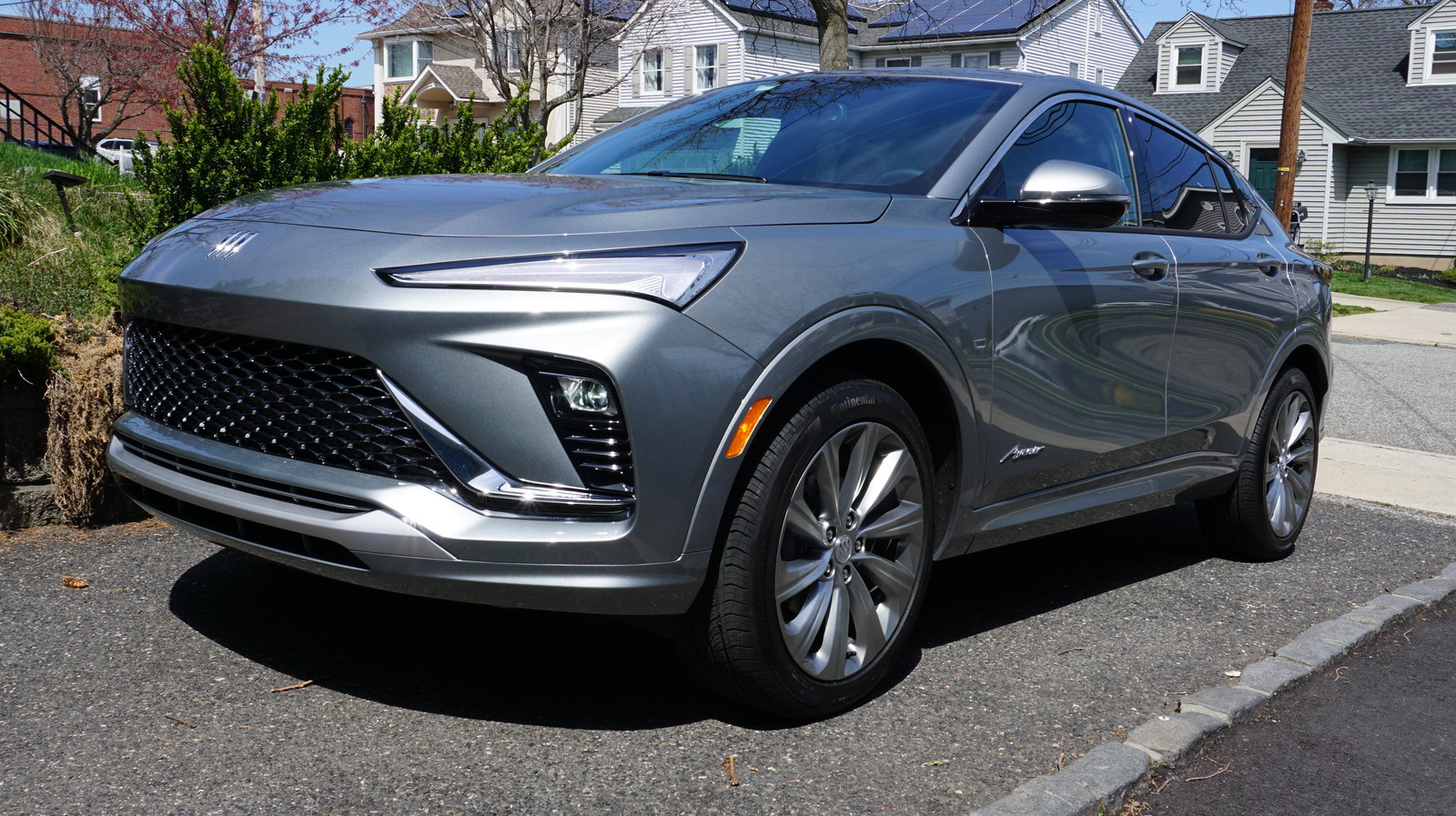








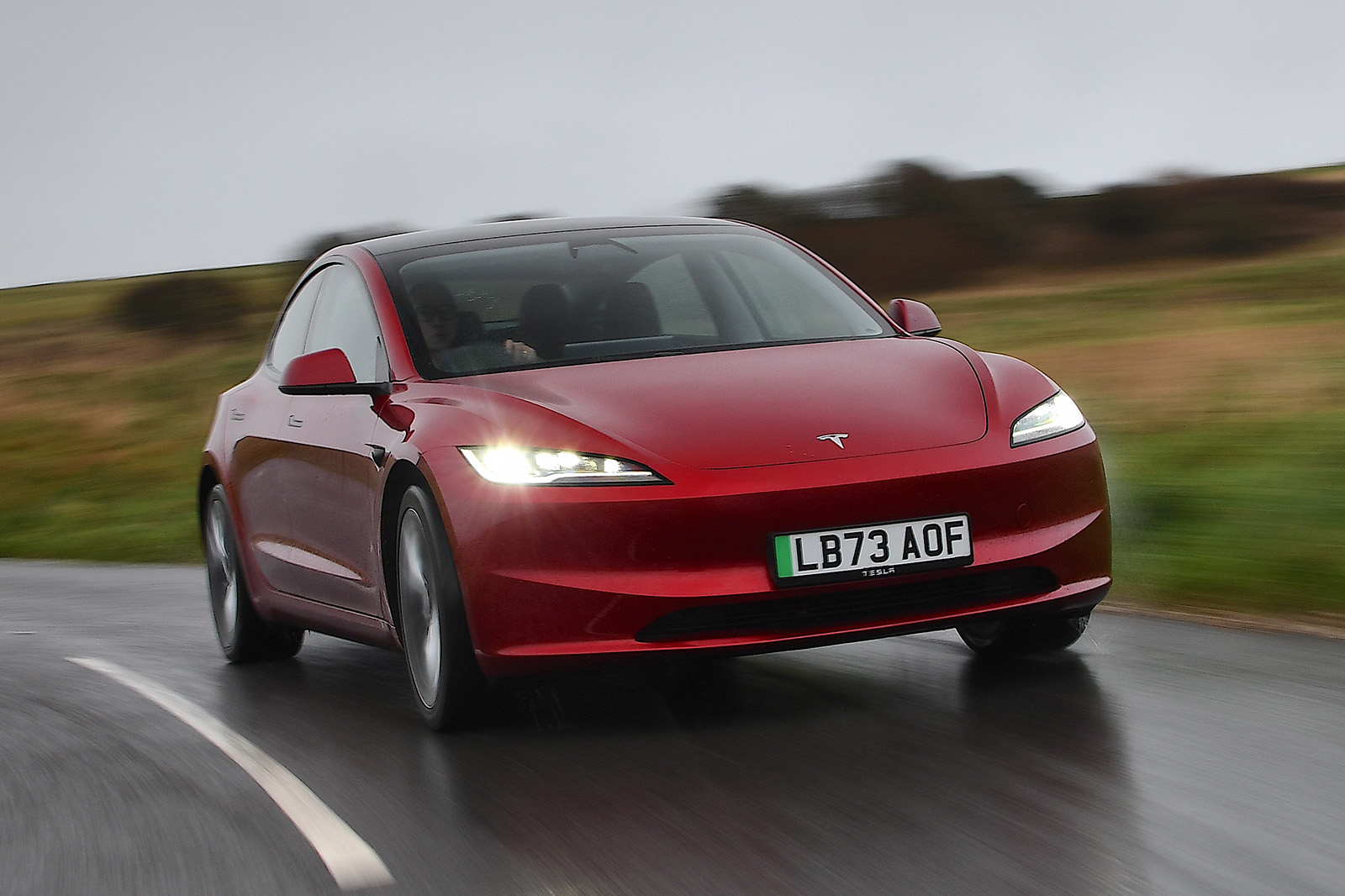




























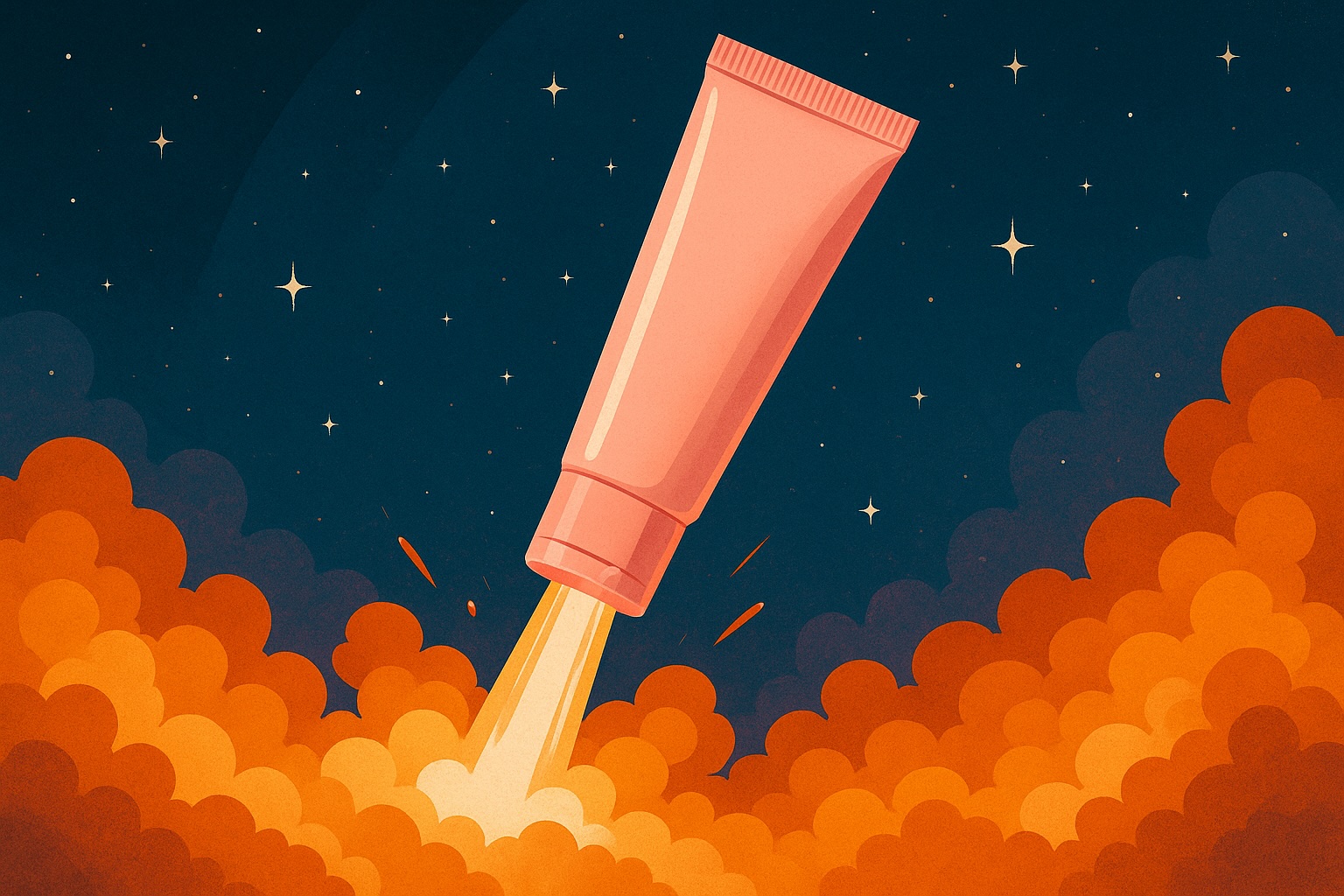














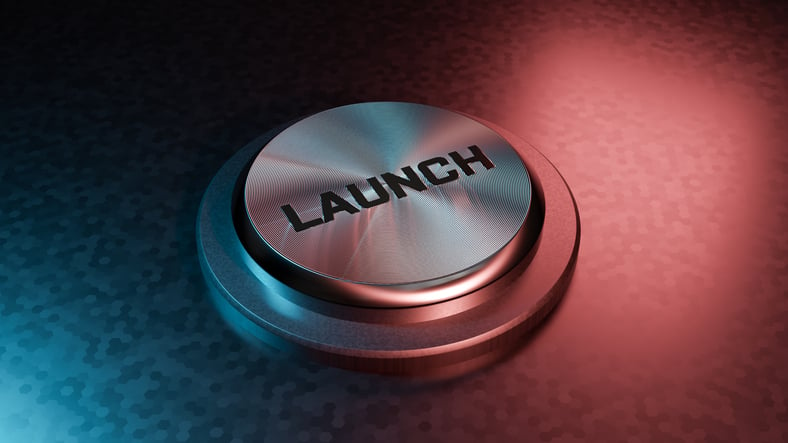




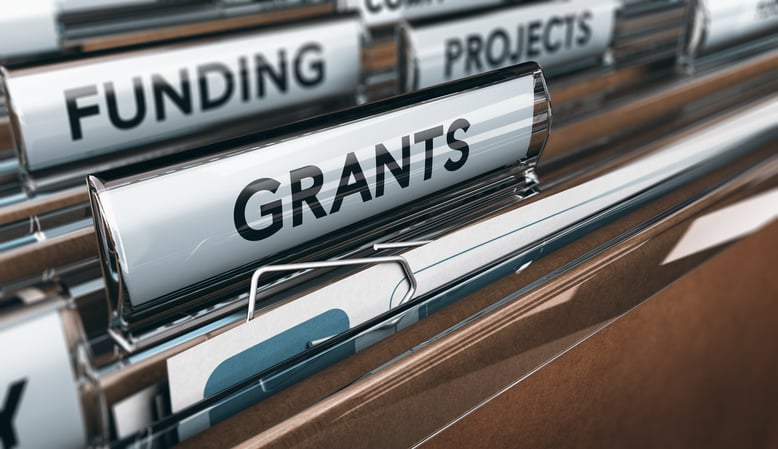

















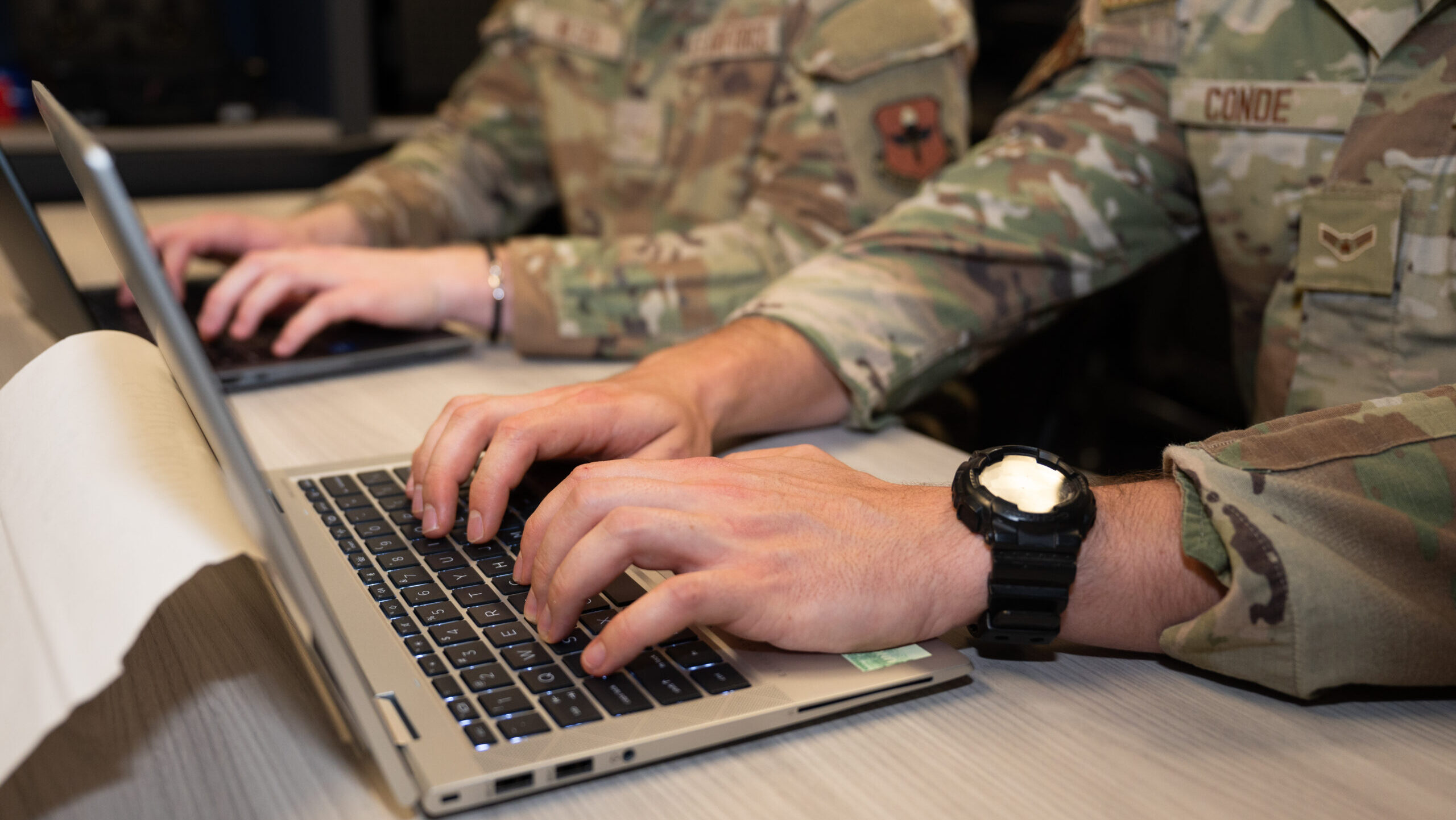
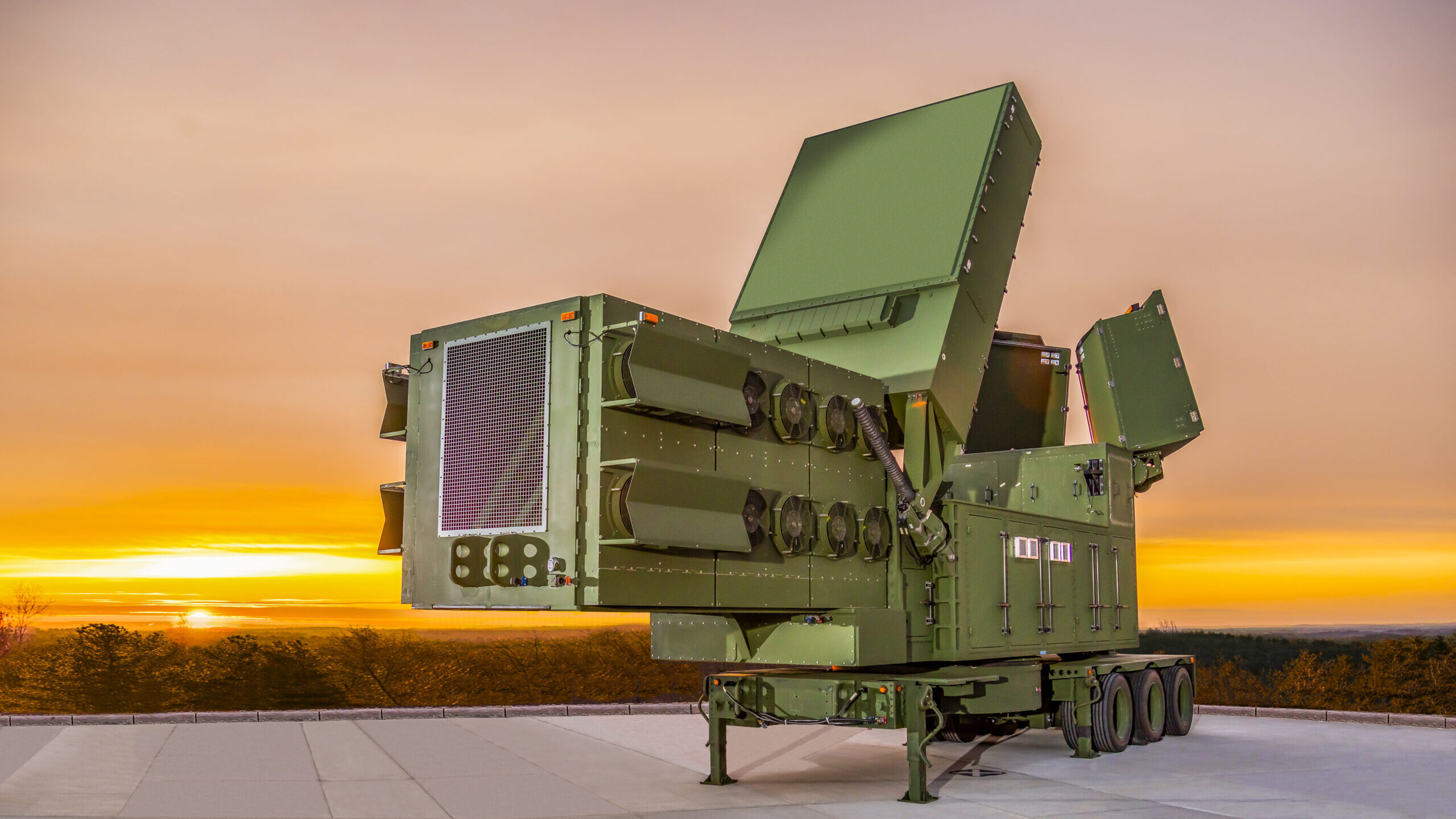













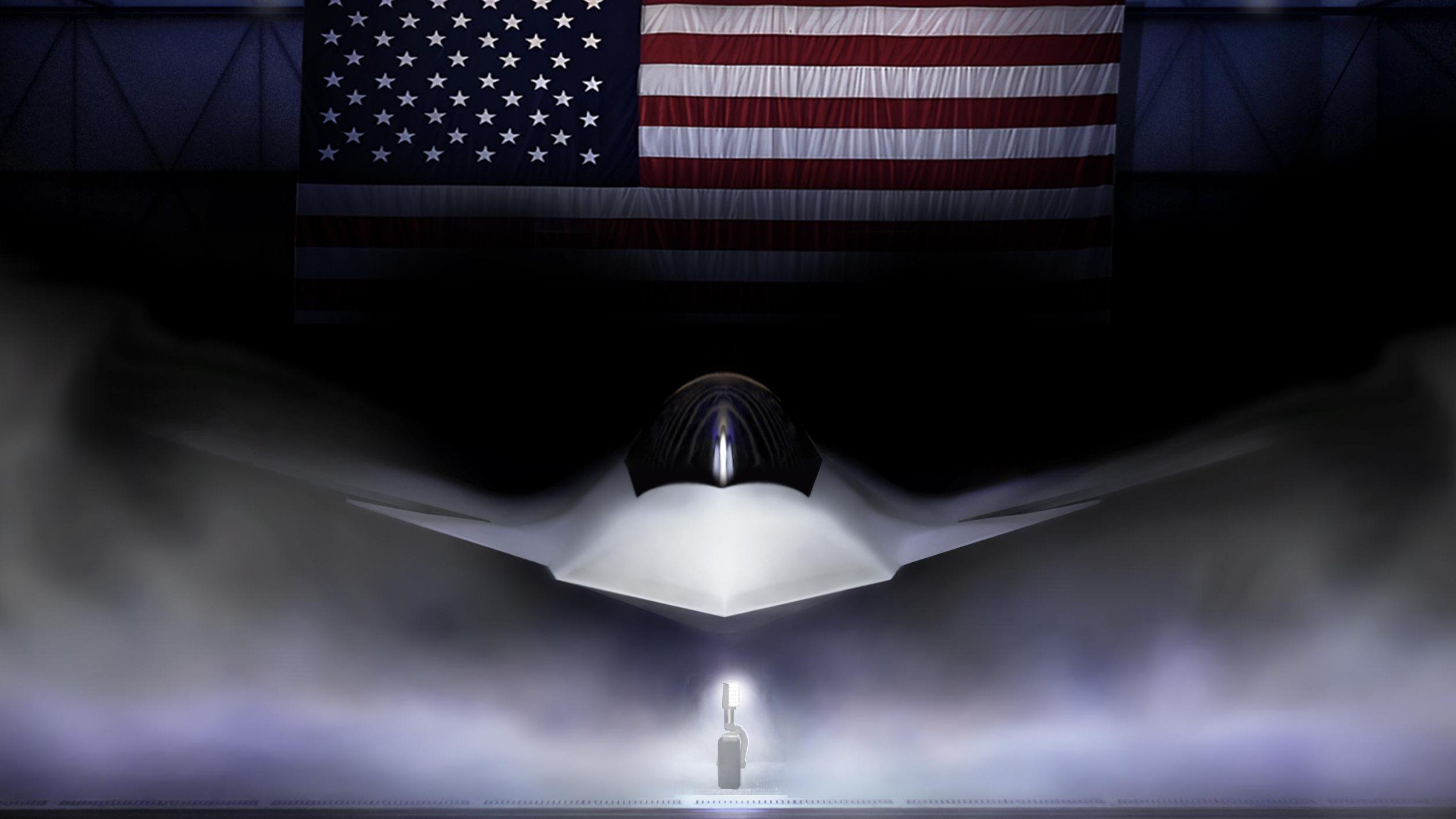

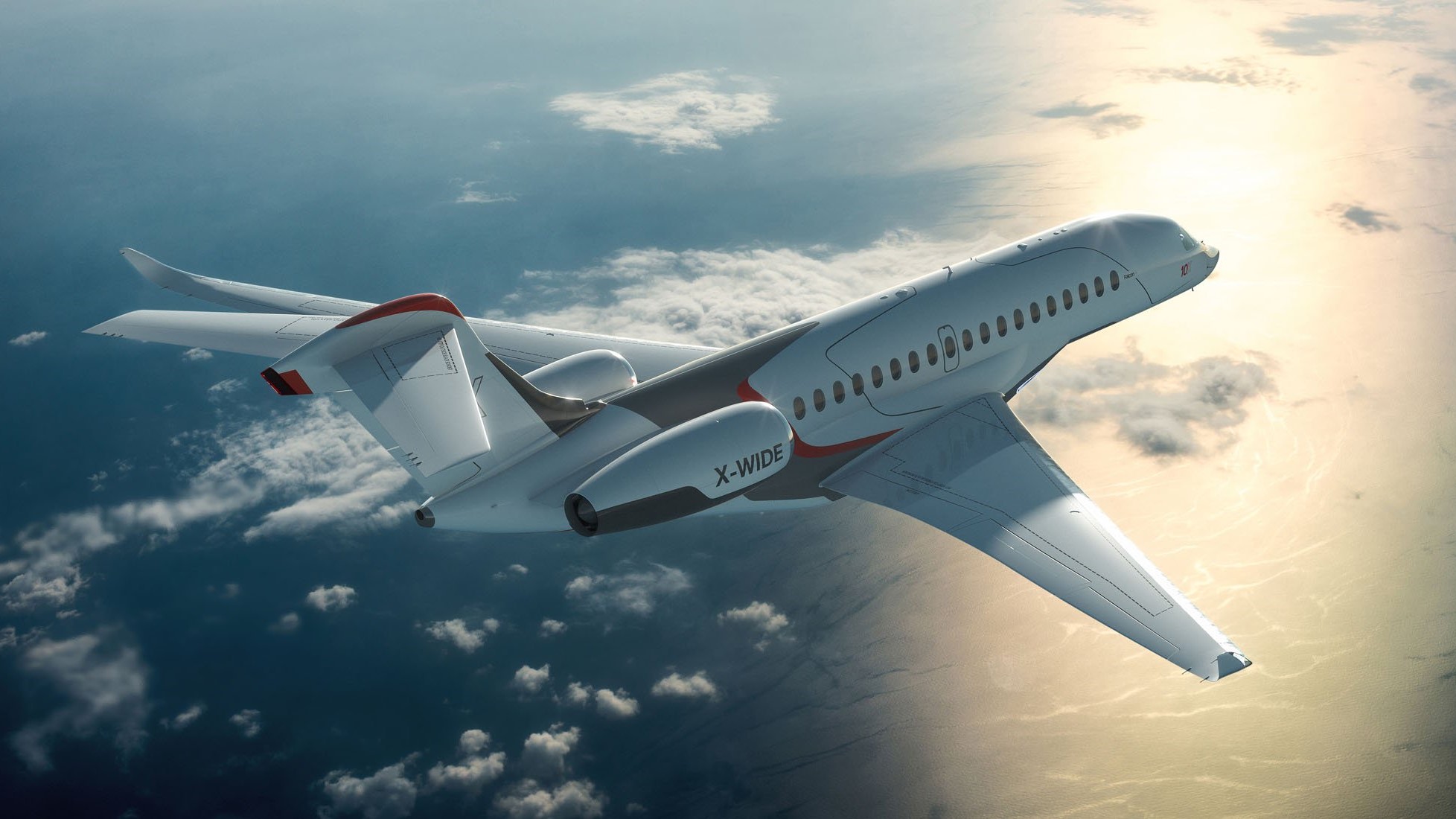





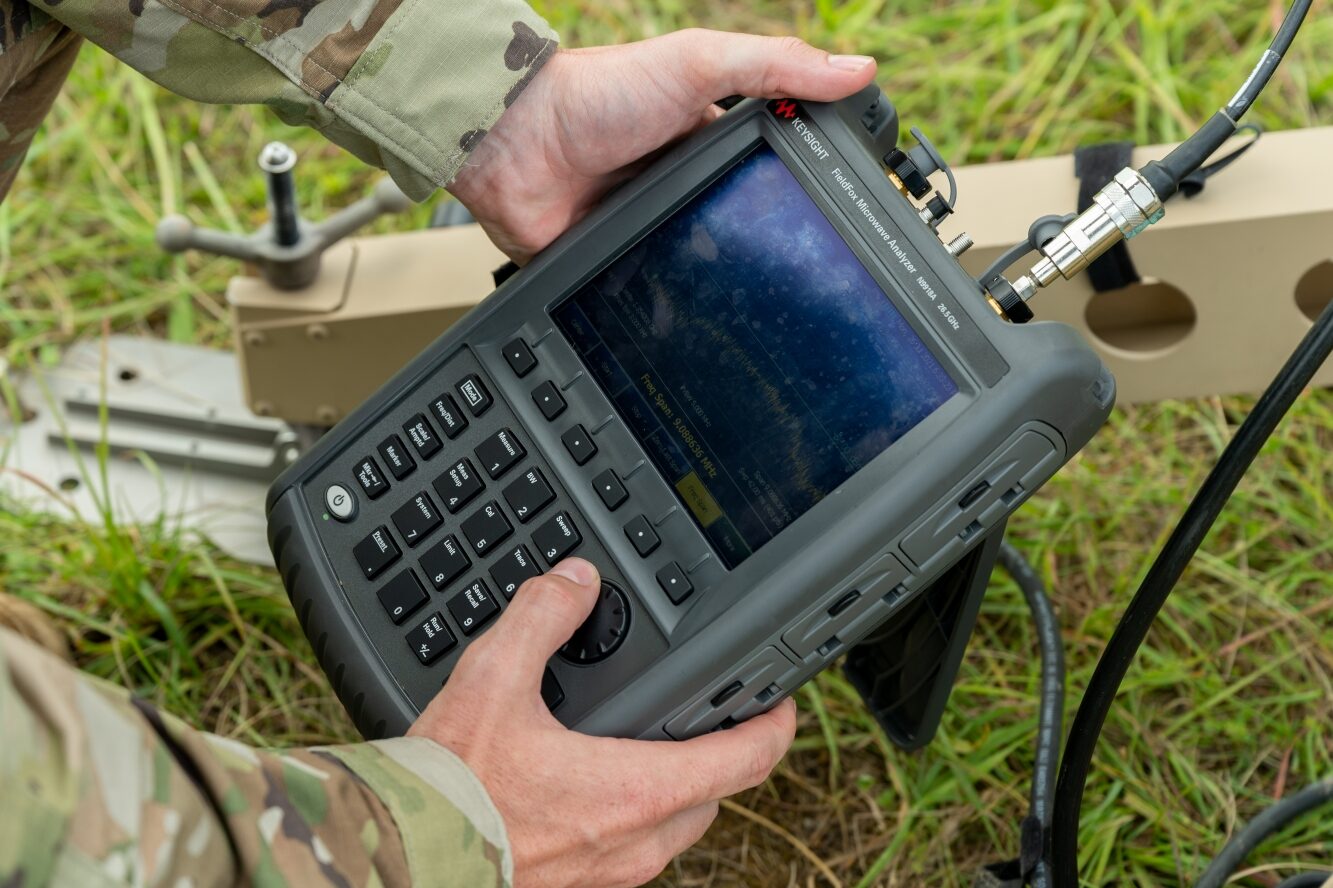





























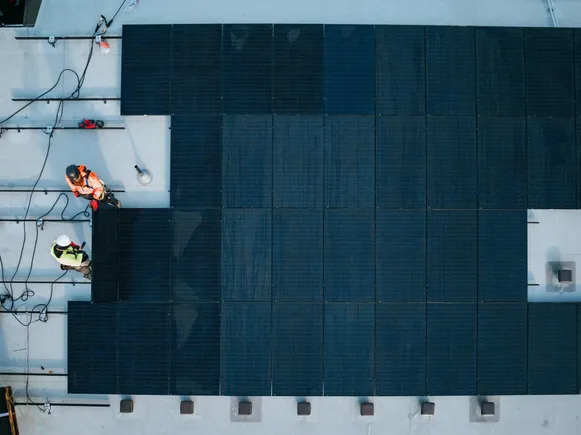








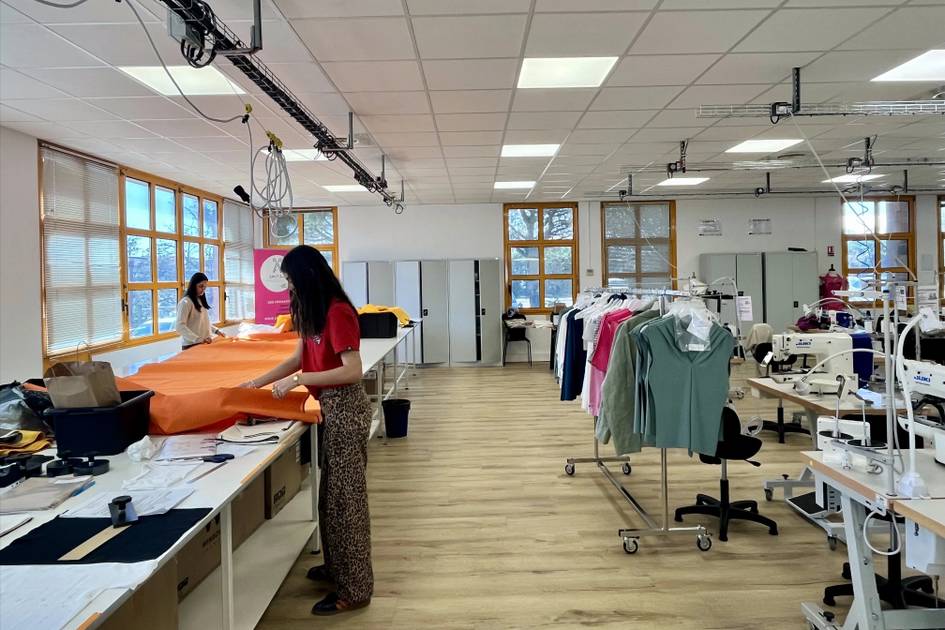










.jpg)











